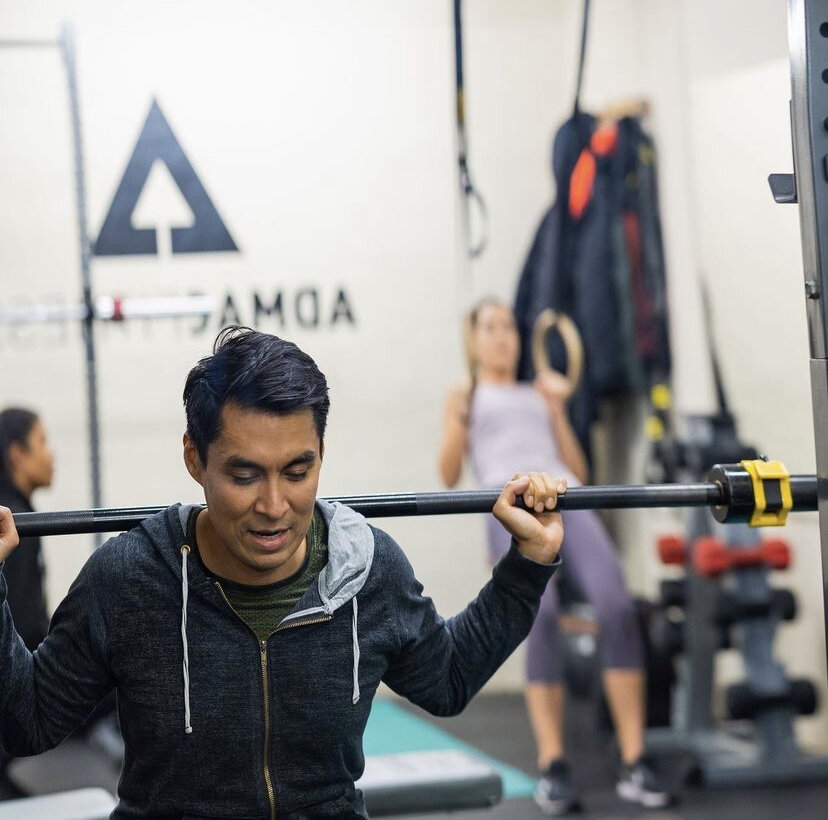This time of year is a busy one for the fitness industry. The kids are back to school and after a summer of indulgence, an enthusiasm for exercise begins to kick back in. In an attempt to shift the additional weight, a lot of people throw themselves back into an exercise regime.
Excellent news - we want everyone to be healthy.
The problem is, a lot of people start running and that might not be the best idea. Starting running without the correct build up will often lead to injury. It’s great for physio’s, but it’s not always the best news for runners!
If you’re one of these people who have started running and broken down with injury quickly, read on to understand what might have happened, why it has happened and what you can do to prevent it happening again in future…
Running - the low down
When we run, we significantly increase the impact of our bodyweight on our joints. When studied, researchers learned that the impact through our joints during running is around 4 times your bodyweight. In real terms, that means if you weigh 12 stone, with each running step you take you’re putting the equivalent of 48 stone through your feet, ankles, knees, hips and back.
Wow!
The revelation bears out into real life as well. When the incidence of running injury has been researched, the data collected by scientists shows anywhere between ~ 20% and ~80% of runners have suffered a running related injury. Although this seems like a huge difference, on a long enough timeline the likelihood of running injury increases, so it depends on the length of time over which the data was collected.
The point is running increases our risk of injury significantly.
But isn’t running a good thing?
Yes, but only if you’re prepared for it.
If you go from a long period of inactivity to running frequently, you’re likely to cause yourself an injury. Putting huge forces through your muscles, connective tissues and joints when they simply aren’t used to it is a disaster waiting to happen.
The old adage of ‘no pain, no gain’ is simply not appropriate when it comes to an injured runner. If something hurts, stop it! You don’t win any gold medals for hurting yourself!
Even if you’re a previous regular runner, build up to it sensibly and carefully using the tips in the next section…
How to build up to sensible running…
Despite the risks with running, there’s a way to build up to running sensibly. Here’s the best tips to make it easier and safer for you…
Get Stronger
All things being equal, a strong muscle is less injury prone and more able to generate force than a weaker one. It's also able to offer more stability to the relevant joints, helping to further prevent injury. The other benefit from strength training is that it doesn’t just impact the muscles - it helps to build strength in the connective tissues as well.
Ligaments, tendons and bones also become stronger and more robust through regular strength training.
Invest in better running shoes
If frequent injuries are part of your running experience, it may be time to invest in shoes that are better suited to running. It’s worth having a gait analysis done before you buy your next pair of running shoes because it may hold the key to injury prevention.
Companies spend huge amounts of money on their shoe technology every year, and research suggests it might be money well spent. There’s good evidence that motion-control shoes can reduce the frequency of lower limb injuries in runners, which may be a game changer for some.
Take your time and build up slowly
It’s important that you take the time to build up your running slowly and make it part of a suitable overall training programme. Unless you’re looking to compete as a runner, the chances are you want to be fit and healthy more than you want to be a runner - running is just the vehicle you’ve chosen to get you there!
Speak to our personal trainers at AdMac Fitness and see how they can fit running into an overall training plan. They’ll build workouts for you that help you to stay strong and injury-free, all the while improving your running.
You can run - just do it right with the help of the AdMac Fitness team…
Follow these tips and you’ll be able to run without issue. The days of running through injuries, or having your budding fitness journey stopped through running injuries are over! You’ll be able to reach your health and fitness goals without issue, with the help of our AdMac Fitness personal trainers.
If you’re in East London and would the AdMac Fitness personal trainers to train you, contact us on 07921465108 or email us at admacfitness@gmail.com. We look forward to hearing from you.




































